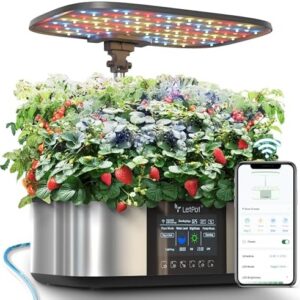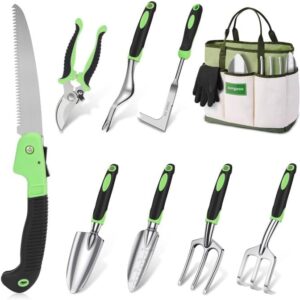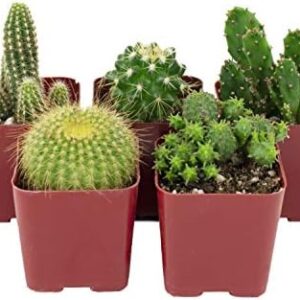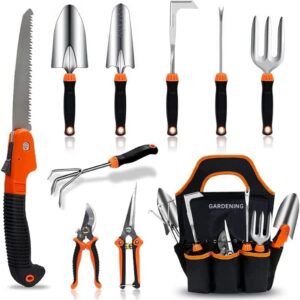Welcome to the world of container gardening! If you have limited outdoor space or simply want to add some greenery to your living area, container gardening is the perfect solution. With a little creativity and some helpful tips, you can maximize small spaces and create a lush, beautiful garden right on your balcony, patio, or windowsill.
One of the key benefits of container gardening is its versatility. You can grow almost any type of plant in a container, from herbs and vegetables to flowers and shrubs. This means you can enjoy a wide variety of plants even if you don’t have a large yard or garden.
To get started, first consider the size and shape of your containers. Choosing the right containers is essential for maximizing small spaces. Look for containers that are lightweight, durable, and have good drainage holes to prevent root rot. You can use traditional plant pots, hanging baskets, window boxes, or even repurpose old buckets or crates.
When selecting plants for your container garden, think about the amount of sunlight your space receives. Most plants require at least 6-8 hours of sunlight per day, so be sure to place your containers in a sunny location. If you have a shady spot, consider planting shade-loving plants like ferns, hostas, or begonias.
To maximize vertical space, consider using hanging baskets or wall-mounted planters. These can be hung from hooks or brackets to create a beautiful display of cascading plants. Hanging baskets are perfect for trailing plants like ivy, petunias, or succulents, while wall-mounted planters can be used to grow herbs or small vegetables.
Another way to maximize small spaces is to use tiered plant stands or shelving units. These allow you to stack multiple containers vertically, so you can grow more plants in a smaller area. You can create a stunning display of plants by mixing different colors, textures, and heights.
When it comes to soil, make sure to use a high-quality potting mix that is specifically designed for container gardening. This type of soil is lightweight, well-draining, and enriched with nutrients to support healthy plant growth. Avoid using garden soil, as it can become compacted and hinder root growth.
Watering is essential for container plants, especially in small spaces where plants can dry out quickly. Check the moisture level of your soil regularly and water when the top inch feels dry to the touch. It’s important not to overwater, as this can lead to root rot. Use a watering can with a spout to deliver water directly to the base of the plants, and consider using a saucer or tray underneath to catch excess water.
Fertilizing is also important for container plants, as they rely on you to provide nutrients. Choose a balanced liquid fertilizer and dilute it according to the manufacturer’s instructions. Feed your plants every 2-4 weeks during the growing season to promote healthy growth and flowering.
One of the best things about container gardening is the ability to change up your plantings with the seasons. In the spring, you can plant bulbs and cool-season annuals like pansies and snapdragons. In the summer, you can switch to warm-season annuals like petunias and marigolds. And in the fall, you can plant mums and ornamental kale for a splash of color.
Don’t forget to add some decorative elements to your container garden to make it truly unique. You can use rocks, pebbles, or mulch to cover the soil surface and add a finishing touch to your planters. You can also add trellises or stakes to support climbing plants like tomatoes or cucumbers.
As you can see, container gardening is a great way to maximize small spaces and bring the beauty of nature into your home. With a little planning and creativity, you can create a stunning garden that will delight your senses and brighten your space. So grab some containers, soil, and plants, and get started on your own container garden adventure today!






